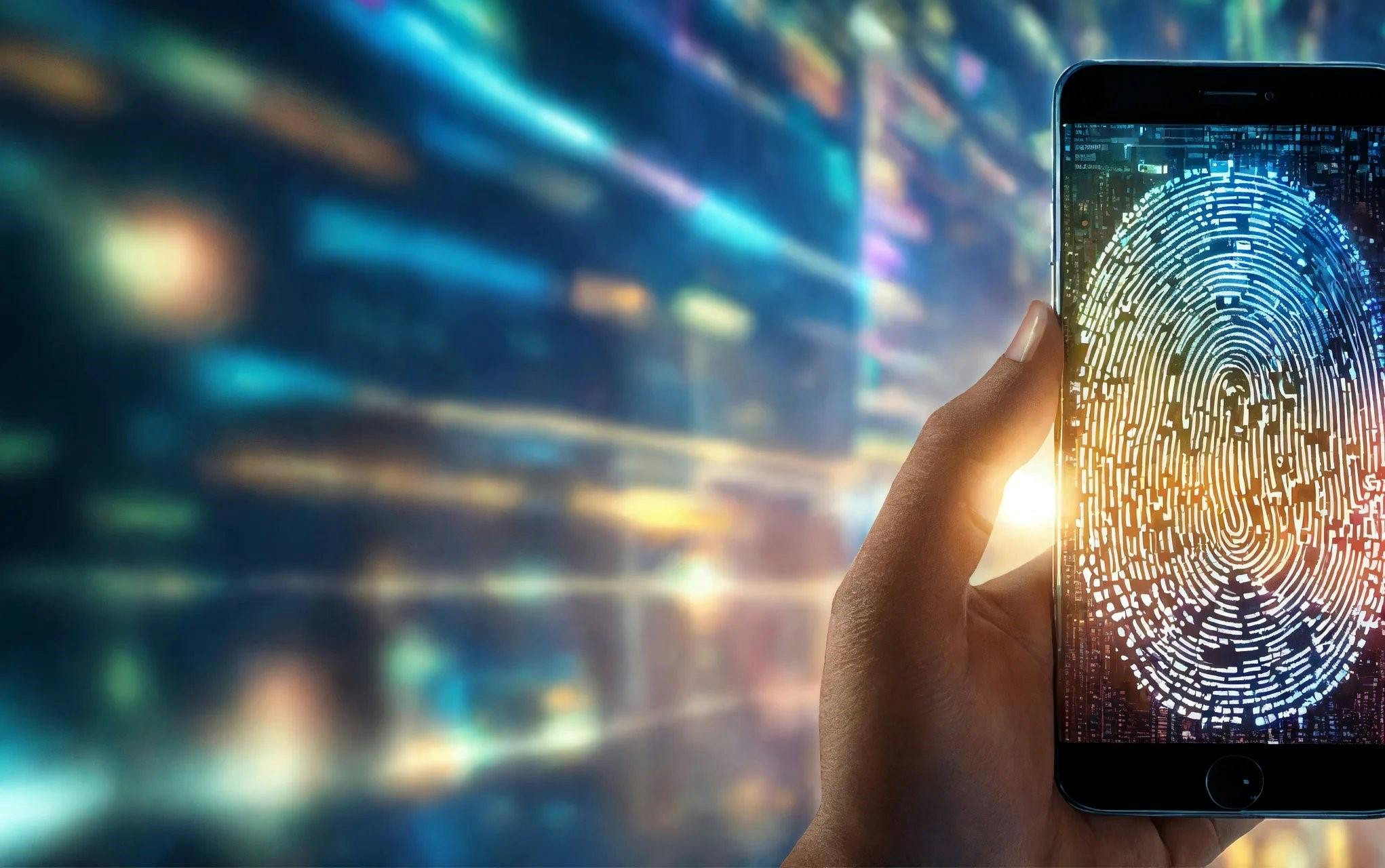In the world of the internet, there is this buzz about a new thing called Web5. It's like the upgraded version of the internet, promising more control over your digital life. When I first heard about it, my curiosity led me to TBD, a group leading the charge for Web5. They are determined to create a decentralized web platform. They explain the current state of the web:
The web democratized the exchange of information, but it's missing a key layer: identity. We struggle to secure personal data with hundreds of accounts and passwords we can’t remember.
The web has played a crucial role in making information accessible to people worldwide by breaking down barriers. However, the unfortunate reality is that on today's web, our identity and personal data are often owned by third parties, and managing it has even become a struggle. Here is where Web5 comes in to play its role.

The web has come a long way through different phases. In Web 1.0, which emerged in the 1990s, we experienced static web pages and limited interactivity. It was the time of basic actions like reading news, sending emails, and retrieving information. Then came Web 2.0 in the early 21st century, bringing increased interactivity and user-generated content. This phase was all about social connections, turning the web into a read/write network where users actively participated. Now, we're in the era of Web 3.0, an ongoing evolution focusing on interconnected applications and cutting-edge technologies like machine learning, IoT, AI, VR, and AR, but Web 3.0 also faces some limitations.
Looking ahead, Web5 with its promise of decentralized digital identities, stands at the forefront of a new era. Unlike its predecessors, Web1 and Web2, which were like the early drafts of the Internet, Web5 emphasizes security, data ownership, and identity portability.
As I got deeper, things got a bit technical. At the heart of Web5 lies the concept of Decentralized Identifiers (DIDs). I discovered that DIDs are not just codes rather have their own kind of language with cryptographic secrets; they're like having a secret handshake with the internet.
Using these DIDs one would get a Decentralized Web Node (DWN), which is like a personal Dropbox where you can store your data, but with a twist. In your DWN you decide who can get access to the information stored and also how it should be used.
In summary, Web5 introduces two main key features. First, it empowers users with Identity control, where users will have a digital wallet of their own for managing their personal data and providing portability across applications instead of creating multiple accounts everywhere. The second feature is giving users real ownership over their data. Completely different from the former vendor-locked models.
I trust that you've gained valuable insights from this blog. If you're eager to delve deeper into the world of Web5, feel free to explore further by clicking here. Thanks for joining me on this exploration of Web5!